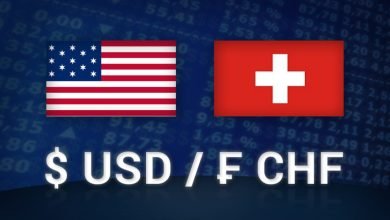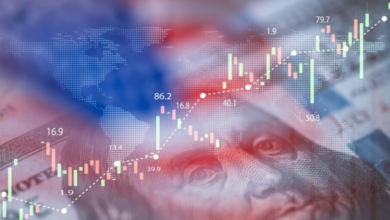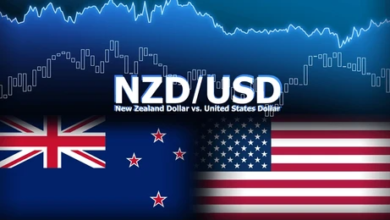- A combination of supporting factors pushes NZD/USD higher for the second straight day.
- A positive risk tone and Fed rate cut bets undermine the USD, lending support to the pair.
- The upside seems limited as traders keenly await Trump’s reciprocal tariffs announcement.
The NZD/USD pair gains strong follow-through positive traction for the second straight day and climbs to a fresh weekly high, around the 0.5720-0.5725 region during the Asian session on Wednesday.
A generally positive tone around the equity markets, along with the optimism over China’s economy, turns out to be key factors benefiting antipodean currencies, including the New Zealand Dollar (NZD). Data released on Tuesday showed that China’s manufacturing activity expanded at its fastest pace in a year during March. This comes on top of China’s better-than-expected official PMIs on Monday and the recent stimulus measures to prop up economic recovery, which, along with subdued US Dollar (USD) price action, act as a tailwind for the NZD/USD pair.
Investors now seem convinced that a tariff-driven slowdown in US economic growth might force the Federal Reserve (Fed) to resume its rate-cutting cycle soon and are pricing in the possibility of 80-basis-points rate cuts by the end of this year. Apart from this, a stable performance around the Asian equity markets fails to assist the safe-haven USD to attract any meaningful buyers. That said, concerns over US President Donald Trump’s planned reciprocal tariffs announcement on Wednesday might hold back traders from placing bullish bets around the export-reliant NZD.
Furthermore, expectations that the Reserve Bank of New Zealand (RBNZ) would lower borrowing costs at least two times by the year-end might contribute to capping the NZD/USD pair. Adding to this, Monday’s breakdown below a one-week-old trading range warrants some caution before positioning for any further gains. Traders now look forward to the release of the US ADP report on private-sector employment for some impetus later during the early North American session, though the focus will remain glued to Trump’s so-called reciprocal tariffs announcement.





